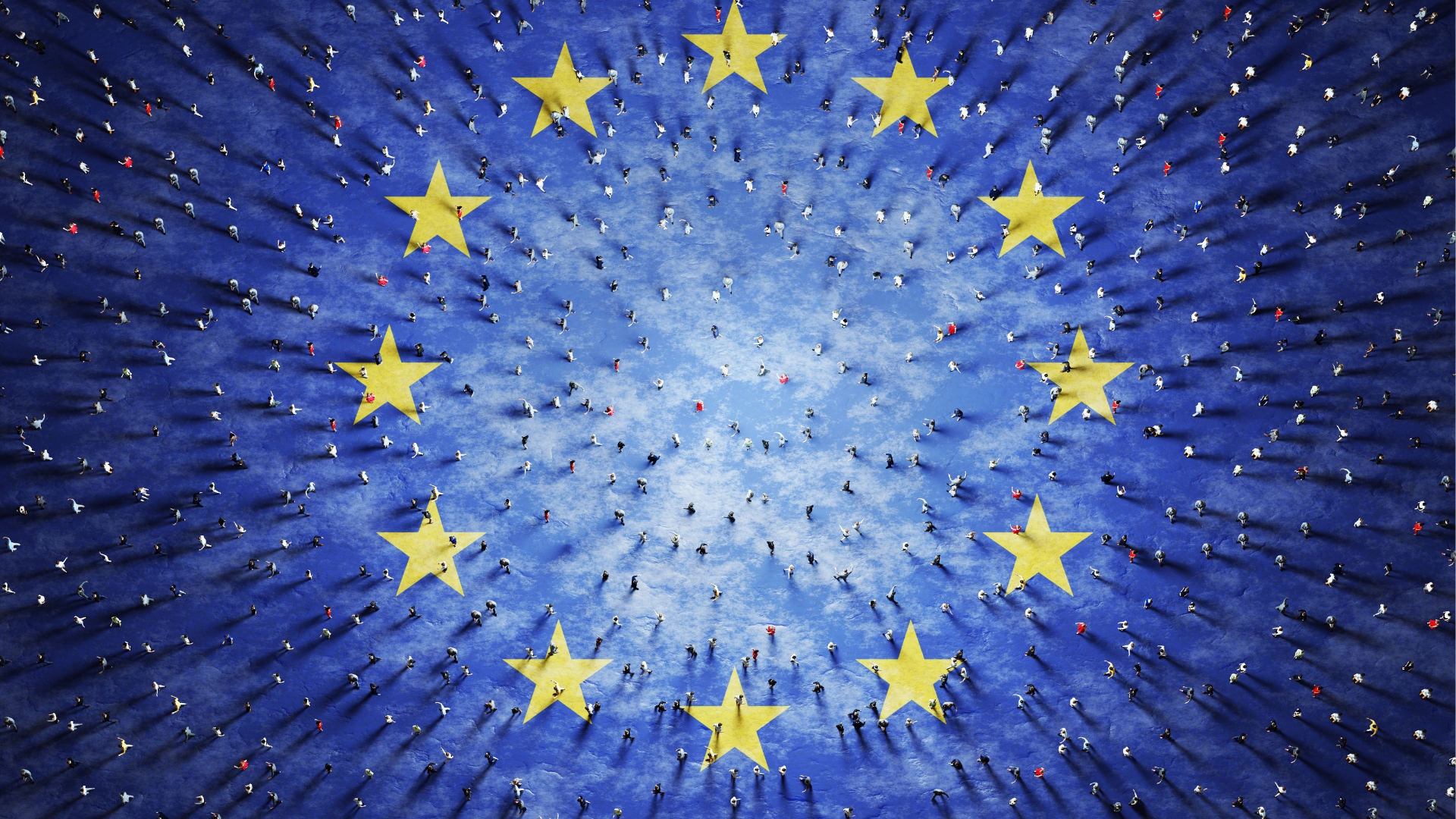The adoption of the AI Act by all Member States of the European Union (EU) marks a decisive turning point in the global regulation of artificial intelligence (AI). After long months of heated debates and palpable tensions within the EU, last Friday’s final decision opens a new chapter in the European approach to technological innovation. This article explores the implications of this legislation and how it positions Europe in the global AI race, balancing regulatory ambitions with fears of handicapping its own market.

A Seminal Journey Towards Regulation
Initiated in April 2021, the European AI Act was built in a context very different from the one we know today. At the time, generative artificial intelligence, such as that embodied by tools like ChatGPT, was not yet in the media spotlight. The European legislator aimed to regulate AI applications considered the most “dystopian” at the time: social credit systems akin to those in China, the use of emotion recognition algorithms in public surveillance, or predictive policing devices.
Heated Debates Until the End
The path to the adoption of the AI Act has not been without obstacles. A rebellion led by heavyweights such as France, Germany, and Italy fueled the final upheavals before the vote. These nations, fearing to stifle European innovation and to concede a competitive advantage to Chinese and American tech giants, pushed for a less restrictive text. Their main concern: to prevent Europe from being in a position of weakness in the race for generative AI, a promising but also ethically and security-wise challenging field.
The AI Act: Striking a Balance Between Innovation and Ethics
The AI Act represents a significant advancement in the regulation of artificial intelligence, underlining the European Union’s commitment to navigate the delicate balance between supporting technological innovation and preserving fundamental rights and ethics. This legislation is the result of careful consideration of how AI can be developed and used responsibly, without compromising European values and social norms.
One of the key ambitions of the AI Act is to create an environment in which AI technologies can thrive while being subjected to rigorous controls when they pose significant risks to individuals or society. By classifying AI applications according to their level of risk, from “low” to “unacceptable,” the EU seeks to apply proportionate regulation that encourages growth and innovation in low-risk sectors while ensuring strict monitoring and constraints for applications deemed high-risk.
This regulatory framework also aims to position Europe as a global reference in ethical governance of AI, capable of attracting investments in safe, transparent, and rights-respecting technologies. By establishing clear standards, the EU hopes not only to protect its citizens but also to inspire other regions to adopt similar approaches, thus shaping global practices in AI.
Nevertheless, the balance between innovation and regulation raises complex questions. On one hand, there is the risk that overly strict regulations could hinder Europe’s ability to remain competitive on the global AI stage, especially against major players like the United States and China, where innovation may be less encumbered by regulatory considerations. On the other hand, a more lax approach could compromise the protection of individuals and trust in AI technologies, crucial elements for their successful acceptance and integration into society.
The AI Act thus represents a bold gamble: to prove that one can both be a leader in the development of AI and in its ethical regulation. If successful, this gamble could not only ensure the protection of European citizens but also offer a sustainable model for responsible innovation in the digital age, positively influencing global standards in technology and ethics in artificial intelligence.




